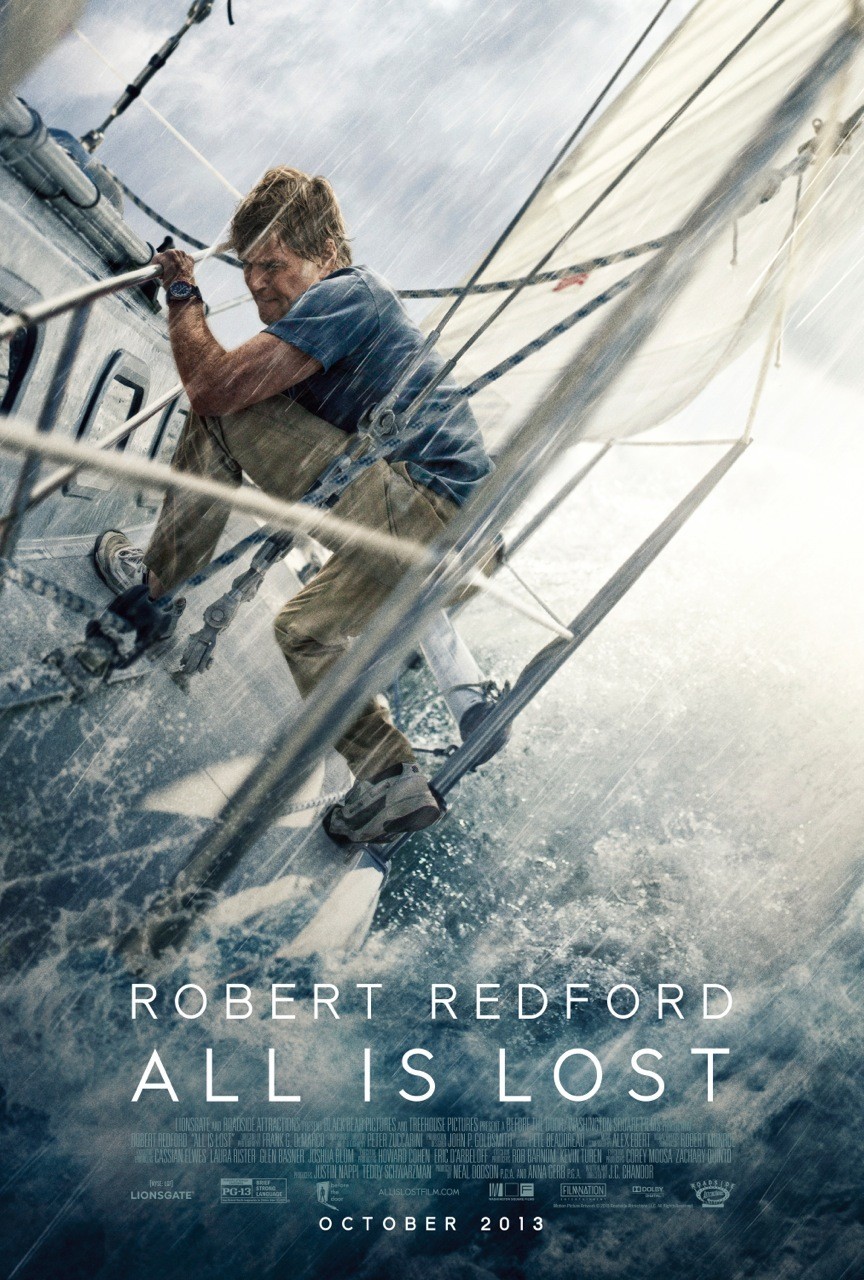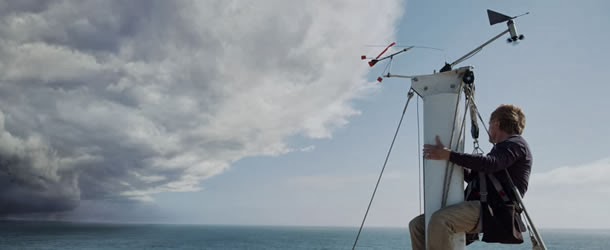Italy/France | 1973 | Directed by Marco Ferreri
Logline: Four wealthy and successful middle-aged men, in contempt of their lifestyles, move into a plush villa and proceed to overeat until they expire.
There’s not a straight forward translation for this exceptionally uncompromising display of gastronomic, erotically perverse and scatological self-indulgence. In Italy it is called La Grande Abbuffata, which translates roughly as The Big One Eaten like a Pig, while in the rest of Europe, America and Australasia La Grande Bouffe is interpreted as The Big Blow-out (“Bouffe” can also be read as “eat” or “feast”). Put simply, it is orgiastic and unforgettable.
For years the movie could only be seen on late night television or if you were very lucky on a rare VHS copy. It became the stuff of legend, the movie guaranteed to put you off pâté for life. Only Peter Greenaway’s The Cook, the Thief, His Wife, and Her Lover, comes close in its unholy mixture of food and sex and death.
Director Marco Ferreri has always been intrigued and compelled to portray the darker, base nature of men and women, and La Grande Bouffe brilliantly captures a primal desire to push the boundaries of good taste. It is a sweet and savoury satire, a black pudding comedy, a character study of bourgeoisie manners that will make you smirk and gag, and then gag and maybe even retch, this is the kind of Euro descent that takes no prisoners; its rich filling must be consumed with caution, then thrown to the flatulent wind.
Marcello (Marcello Mastroianni) is a pilot, Michel (Michel Piccoli) is a television executive, Philippe (Philippe Noiret), a judge, Ugo (Ugo Tognazzi) is a chef. They’ve decided enough is enough. Philippe’s urban villa will play host to their last supper, to be spread over a weekend. But they must have some human flesh to feast upon besides the animal carcasses, so three tasty whores and a plump schoolteacher are hired for dessert. It doesn’t take long for the hookers to depart in disgust, leaving rotund Andrea (as Andréa Ferreol)’s enthusiasm to match the mens’.
The performances (curiously all the lead character’s first names are their own) are exemplary, as is the art direction. The dialogue sizzles like pork crackling, the cultural references are as sophisticated as caviar, yet the consequences of their actions result in gut-churning revulsion. The combination of such extravagance and contrast makes the movie a thoroughly unique experience. It’s as if you’re watching the apes at the zoo, mimicking human behaviour with total disregard for decorum. You recognise everything, perhaps secretly (and perversely) wondering if you could indulge in the same way, just how far would you go.
This is a tragic-comedy on an intimately epic scale; the scene near movie’s end where Ugo is shoveling handful’s of pate into his mouth as he lays outstretched on the kitchen table while Andrea jacks him off is arguably the movie’s penultimate moment. Or perhaps it’s the upstairs toilet exploding? Personally I love the establishing scene where the men watch as all the ordered food arrives at the villa by truckload.
La Grande Bouffe is a surreal dish on a plate of existential sadness. The four men unwind and expire one by one; resigned to their fate from the outset, determined to be consumed by their own consumption. Could a movie of such profound indulgence ever be remade? I sincerely hope not. This is a delirious example of excess that could only have been made by the Europeans in the heady, carnal decade of the 1970s. Cheers! Tuck in, relish, savour, and remember to belch long and hard.













































































































